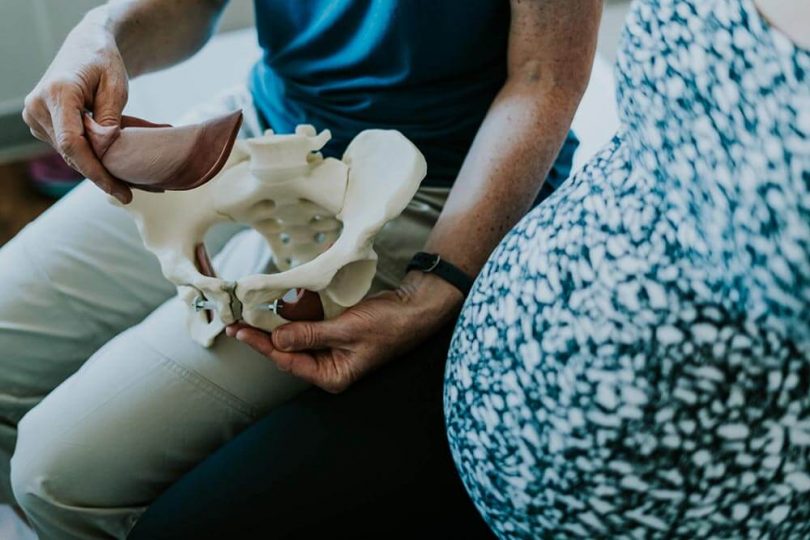Pelvic Care Pain and Prolapse

Understanding Pelvic Pain and Prolapse: A Physiotherapy Perspective
Pelvic pain and prolapse are significant health concerns that affect millions of people worldwide, predominantly women. These conditions can be both physically and emotionally distressing, impacting one’s quality of life and daily activities. In this blog, we will delve into the valuable insights provided by the Physiotherapy Association of Canada, shedding light on these conditions and the role of physiotherapy in their management.
1. What is Pelvic Pain and its Causes?
Pelvic pain refers to discomfort or pain in the pelvic region, which includes the lower abdomen, genitals, and pelvic floor. There are various potential causes of pelvic pain, including:
– **Musculoskeletal Dysfunction:** Strained muscles, ligaments, or connective tissues in the pelvic region can lead to pain and discomfort.
– **Pelvic Floor Dysfunction:** The pelvic floor muscles, which support the pelvic organs, may become weak or tense, contributing to pain.
– **Reproductive System Issues:** Conditions such as endometriosis, ovarian cysts, or pelvic inflammatory disease can manifest as pelvic pain.
– **Urinary or Gastrointestinal Problems:** Infections, inflammation, or disorders in the urinary or gastrointestinal system may refer pain to the pelvic region.

2. Understanding Pelvic Organ Prolapse
Pelvic organ prolapse occurs when the pelvic organs (such as the bladder, uterus, or rectum) descend into the vaginal canal due to weakened or damaged pelvic floor muscles. This condition is often associated with the following factors:
– **Childbirth:** The stress of childbirth can cause stretching or injury to the pelvic floor muscles, increasing the risk of prolapse.
– **Menopause:** Hormonal changes during menopause can lead to decreased muscle tone and contribute to prolapse.
– **Chronic Constipation or Heavy Lifting:** Straining during bowel movements or heavy lifting can strain the pelvic floor and exacerbate prolapse.

3. The Role of Physiotherapy in Pelvic Pain and Prolapse Management
Physiotherapy plays a crucial role in managing pelvic pain and prolapse, offering non-invasive and effective treatments. The Physiotherapy Association of Canada recommends the following approaches:
– **Pelvic Floor Exercises:** Specially tailored exercises to strengthen or relax the pelvic floor muscles can help alleviate pain and support pelvic organs, reducing the symptoms of prolapse.
– **Manual Therapy:** Physiotherapists use hands-on techniques to release tension, improve flexibility, and address musculoskeletal imbalances in the pelvic region.
– **Education and Lifestyle Modifications:** Physiotherapists provide valuable guidance on proper posture, body mechanics, and lifestyle changes to manage and prevent pelvic pain and prolapse.
Conclusion
Pelvic pain and prolapse are prevalent conditions that can significantly impact a person’s well-being. Thanks to the expertise of physiotherapists and their comprehensive approach, individuals dealing with these conditions can find relief and improve their overall quality of life. If you or someone you know is struggling with pelvic pain or prolapse, consider seeking guidance from our qualified physiotherapist Lynda Lawrence to embark on the path of recovery and well-being. Book Online or Call 604-684-1640.
Other physiotherapy clinics do offer Pelvic floor physiotherapy such as Trelor Physio or Footbridge clinic but we are more than happy to be your first choice for care!
